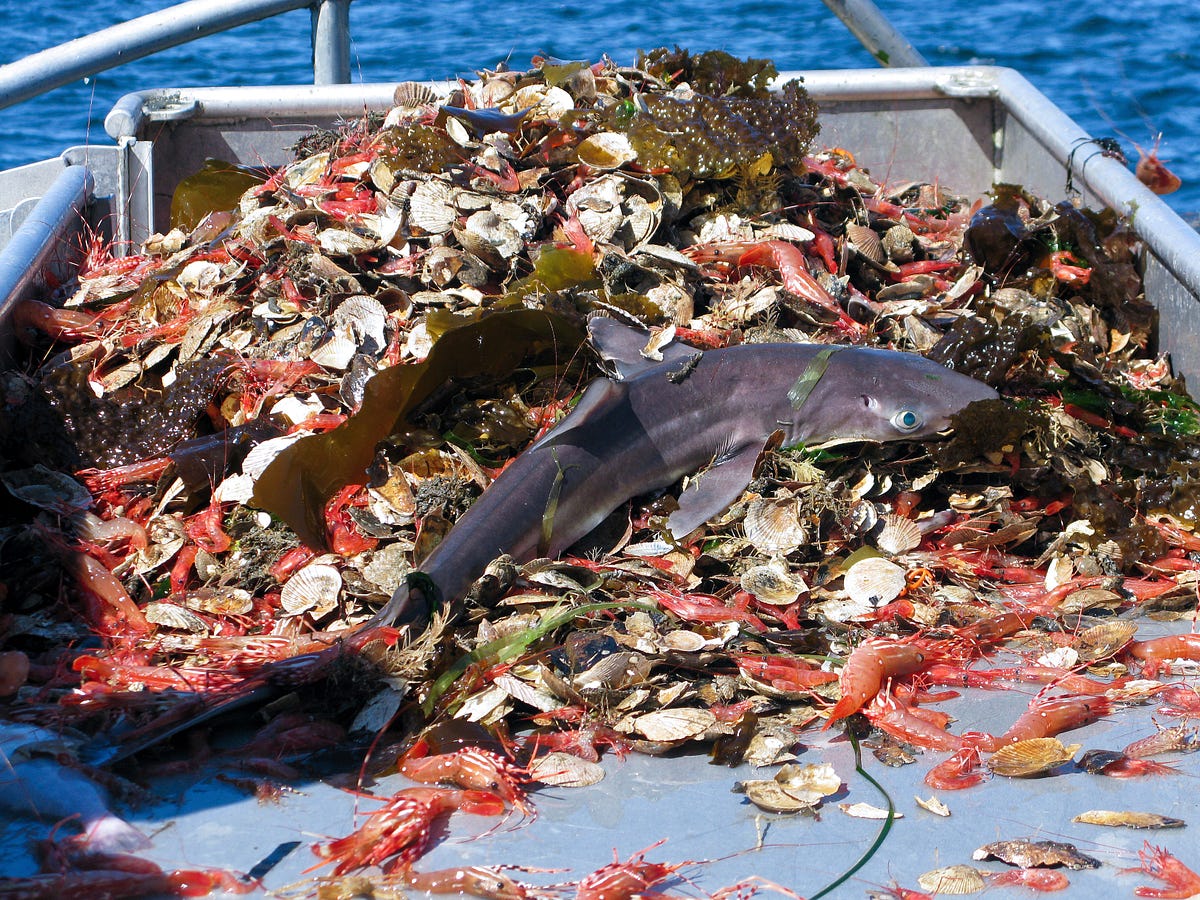My media analysis is on an advertisement video that focuses on the ways that plastics are entering our oceans. It was created and published by an organization called Greenpeace UK. The advertisement also makes a point to explain certain products that contribute to pollution in the oceans such as: microbeads in toothpaste, synthetic clothing fibers, wet wipes, and plastics bottles. I love how there are pictures included that show how plastics are impacting the ocean and animals as well. There is text throughout the duration of the video that describes the numerous ways that plastics are winding up in the ocean. The video includes text, instead of spoken words, so the information conveyed is completely dependent on the text provided on each slide of the advertisement video. I thought it was a great strategy for the advertisement to only use text. This makes the audience pay close attention to the video and the message being portrayed, that way we are able to understand what was being explained. When reading the text on each slide of the video, the attention of the audience can also be directed to the pictures displayed behind it, which are very detailed and clearly shows how plastics are impacting the ocean. The goal is to present a visual of the different ways plastic can end up in the oceans. The main value represented in the advertisement are to know and understand the details of how this problem is occurring and how we should take the initiative to prevent this from happening. I feel as if the video s based on how our everyday use of plastic and other things wind up in the ocean, causing negative impacts. Therefore, there should be something done about this issue, instead of sitting around and watching it happen. When it is evident that something in particular is causing negative affects to the environment, we should want to take charge and do what is in our power to fix it. In my opinion, I feel as if the advertisement is from a negative view point. The message conveyed in the video isn’t positive because it shows how we contribute to plastic pollution in the oceans, which has become a large problem. I think that if there were more pictures included in the advertisement of how the animal are impacted than it would be really affective. Although the video shows the various ways that plastic winds up in the ocean and how the oceans look due to pollution, I think that the audience will not be as motivated to help resolve this problem. However, adding those pictures of creatures and other things that are affected may add more emphasis to the seriousness of the issue. The advertisement was very educational and serves the purpose to inform those who watch the video. This video was very easy to understand, and the message was clear. The advertisement did its job of educating and informing the problems just by including pictures and a few words. I felt motivated by the end of watching it to go out and make a change!



